Gabriela Bulisova & Mark Isaac

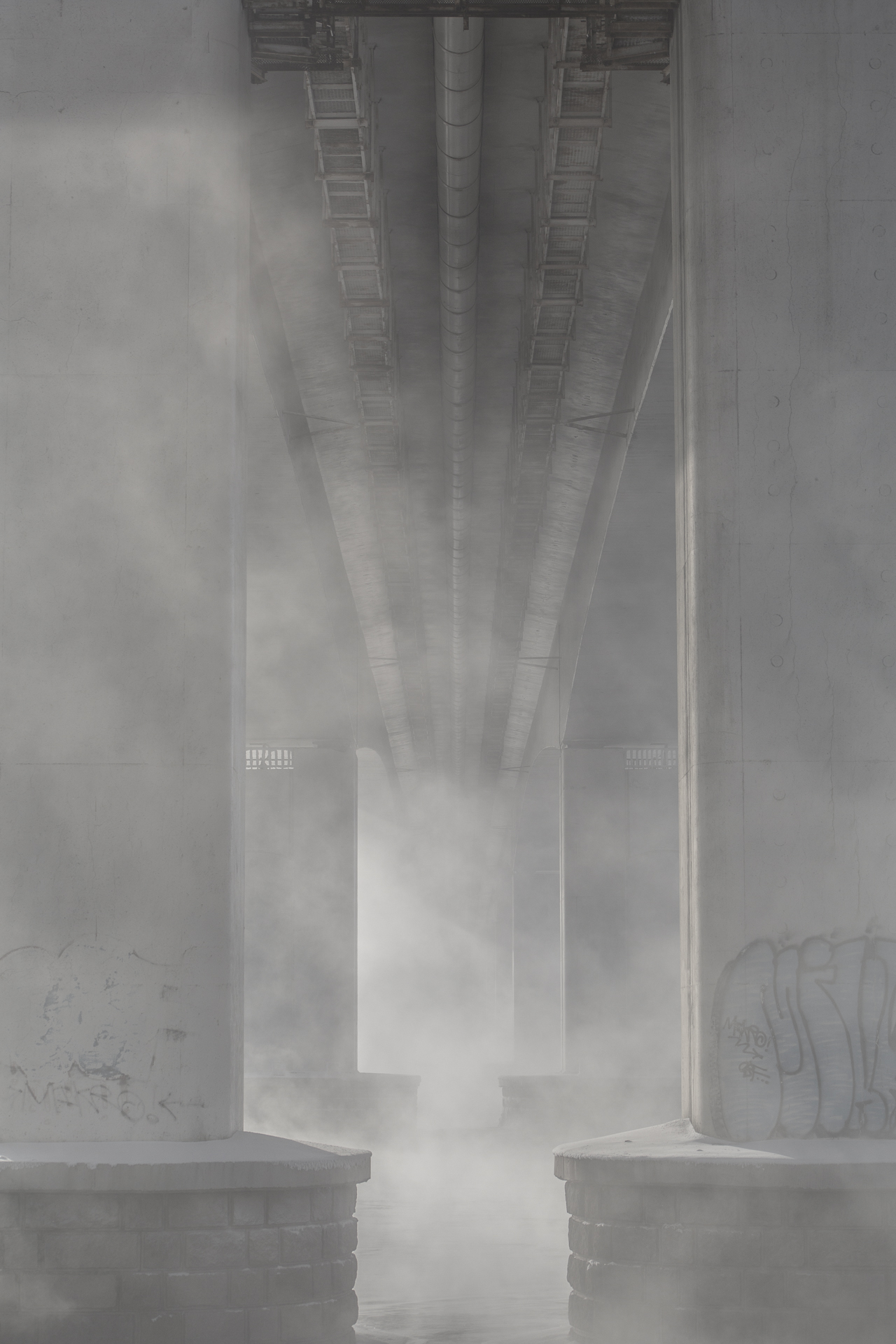
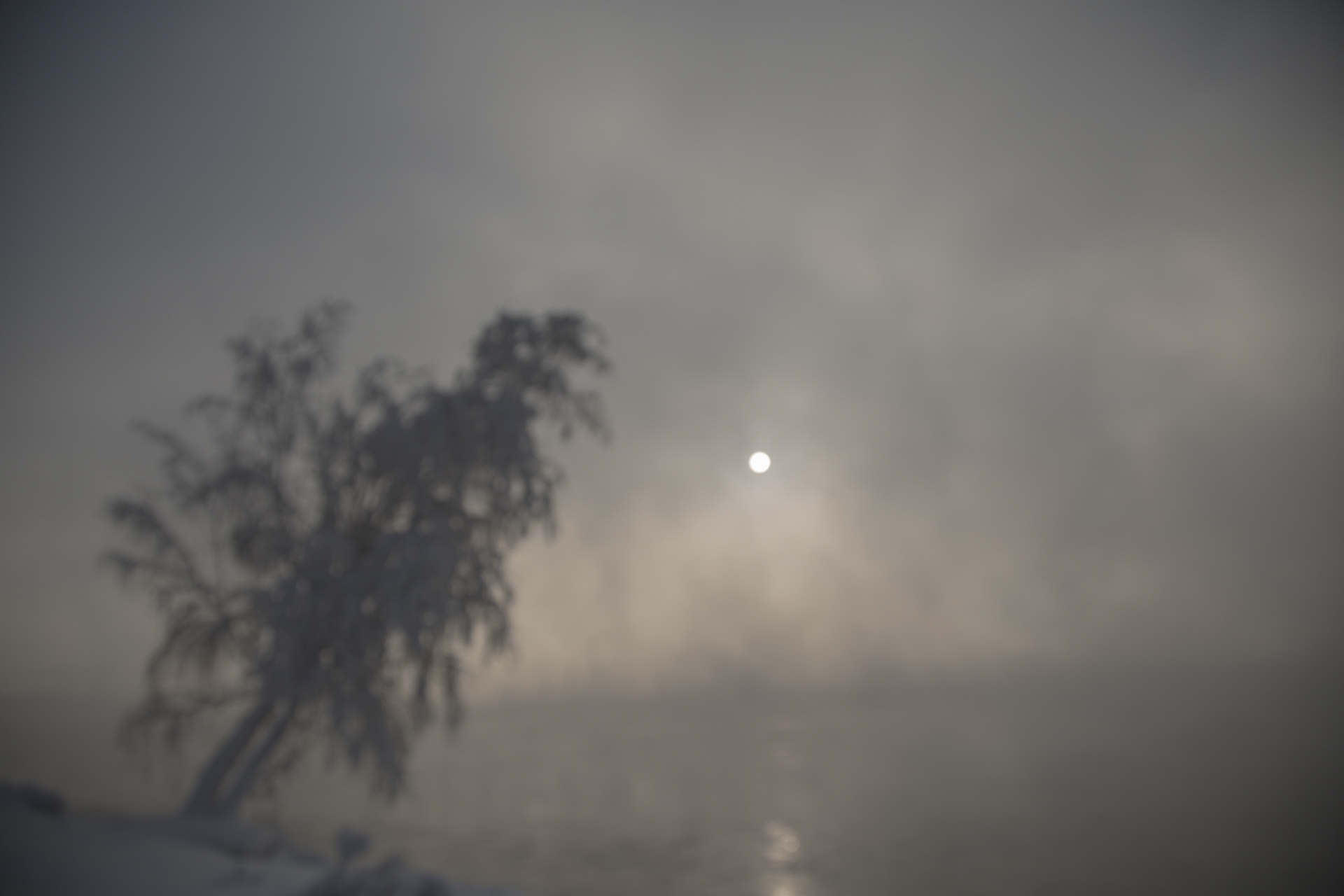
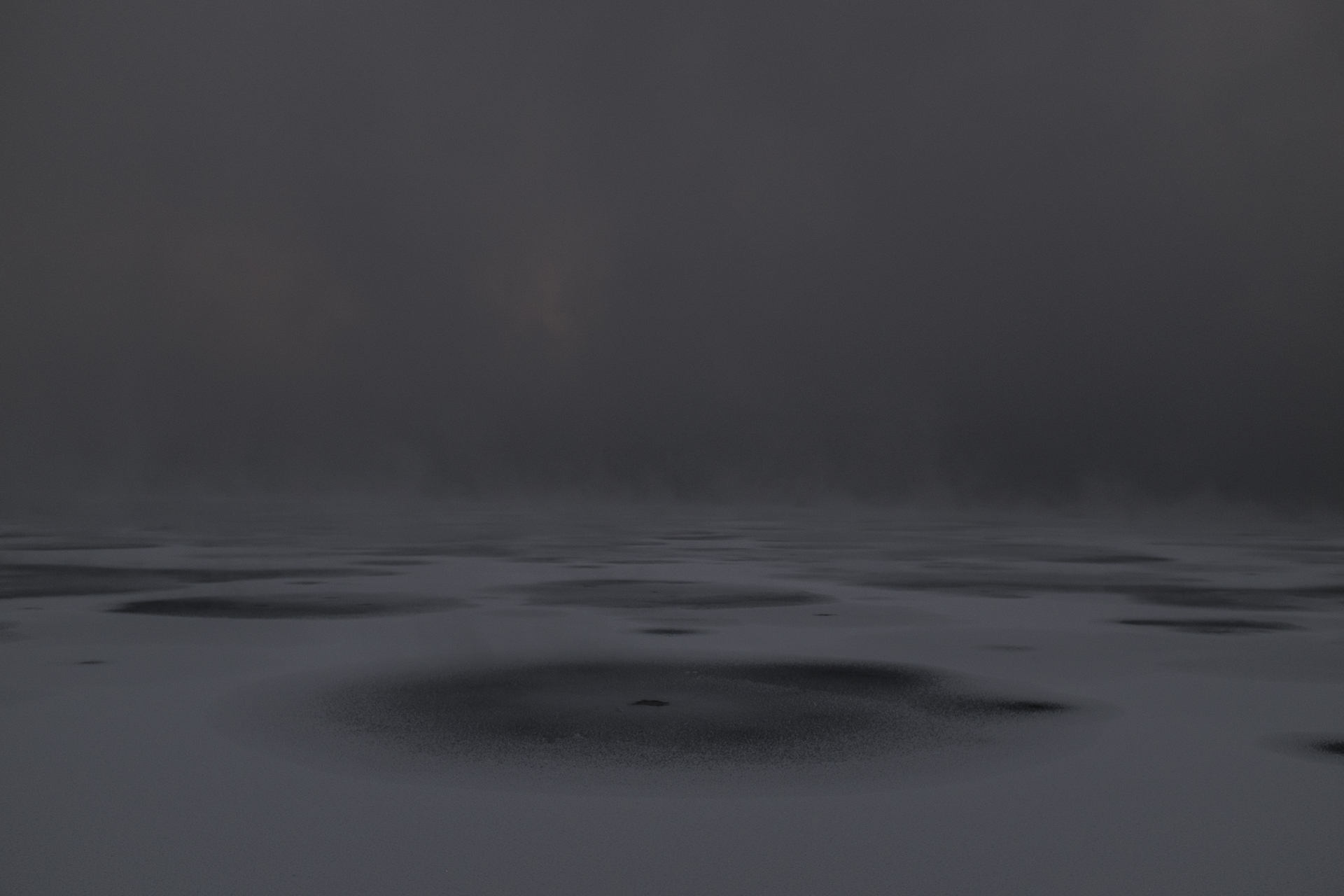
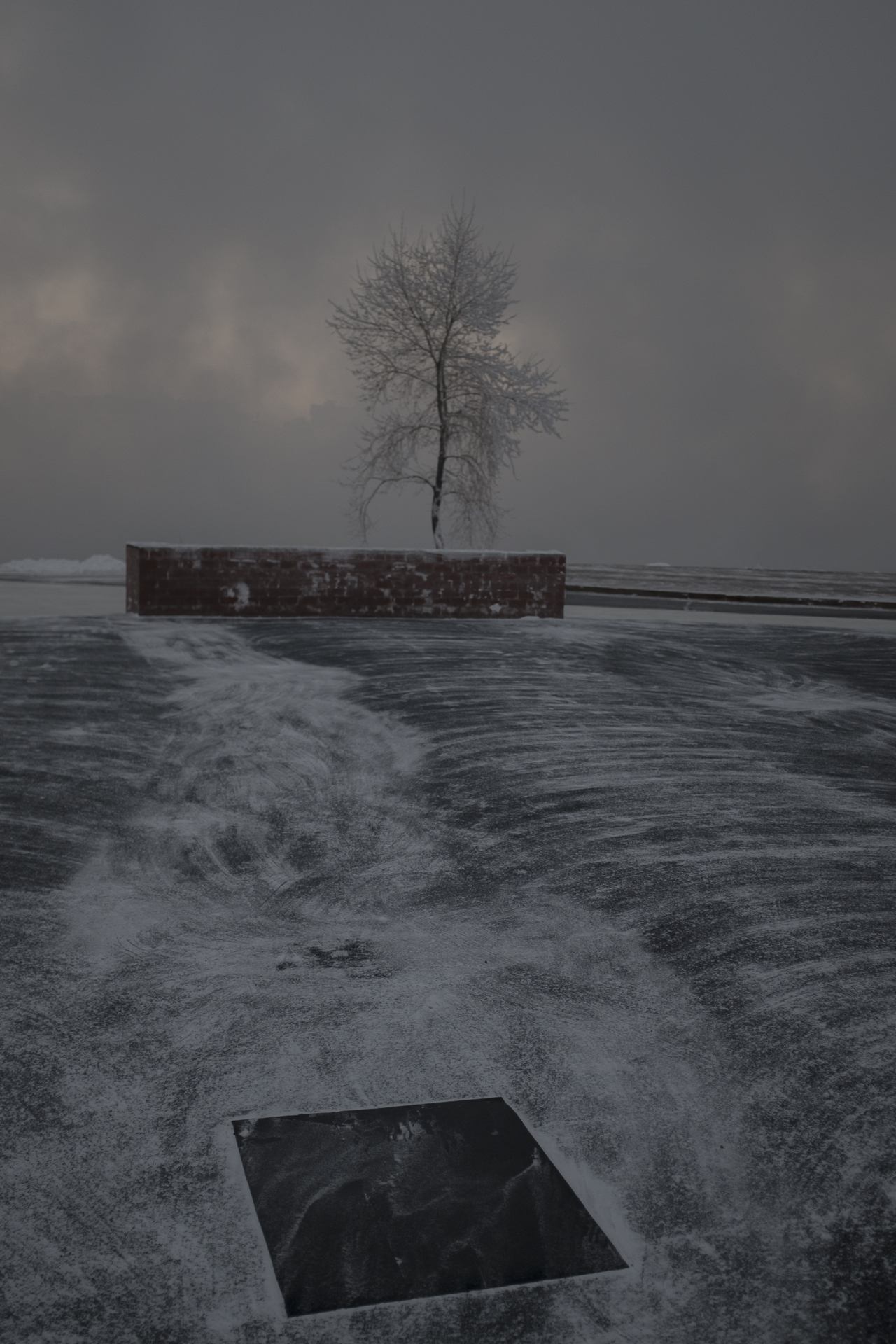
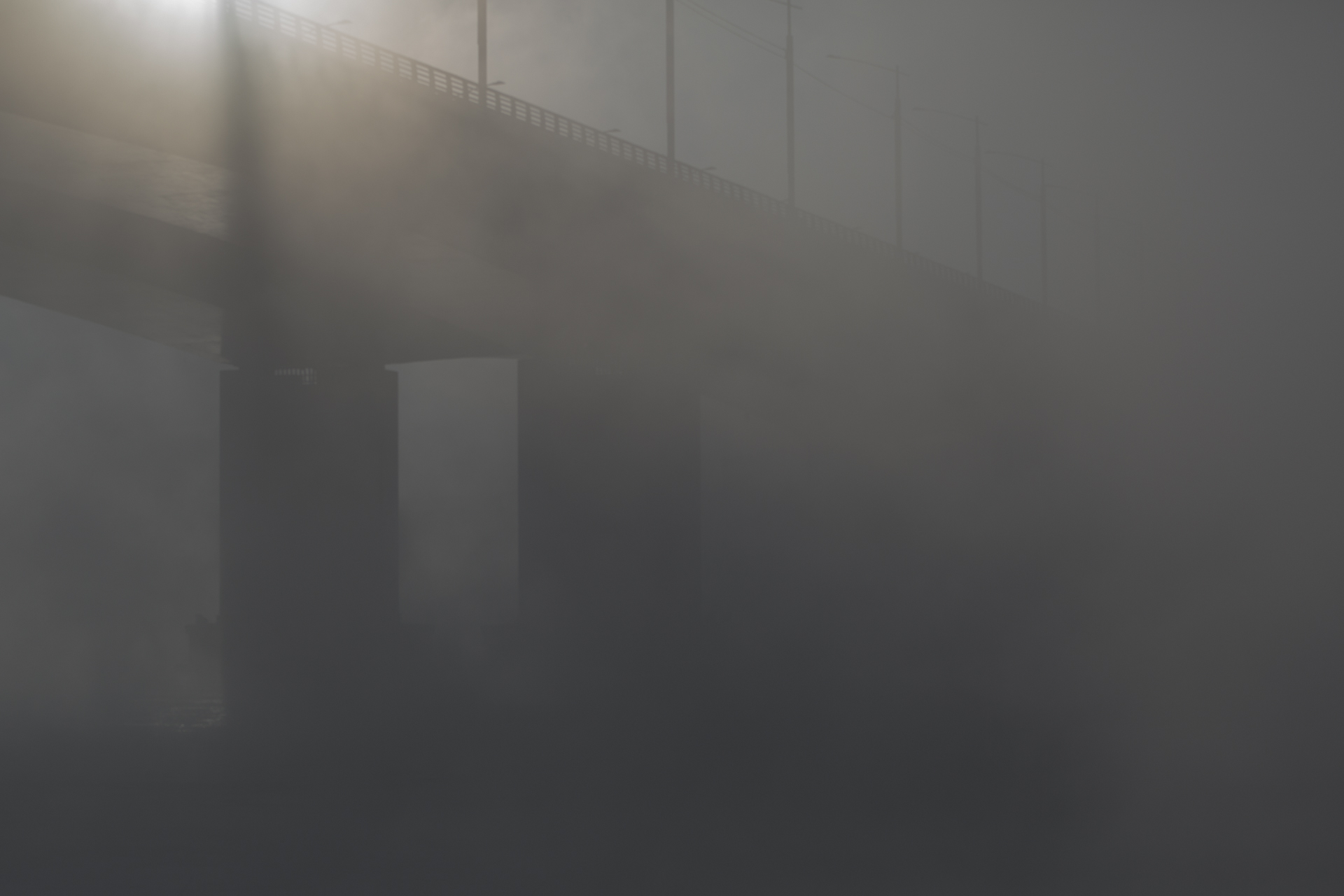

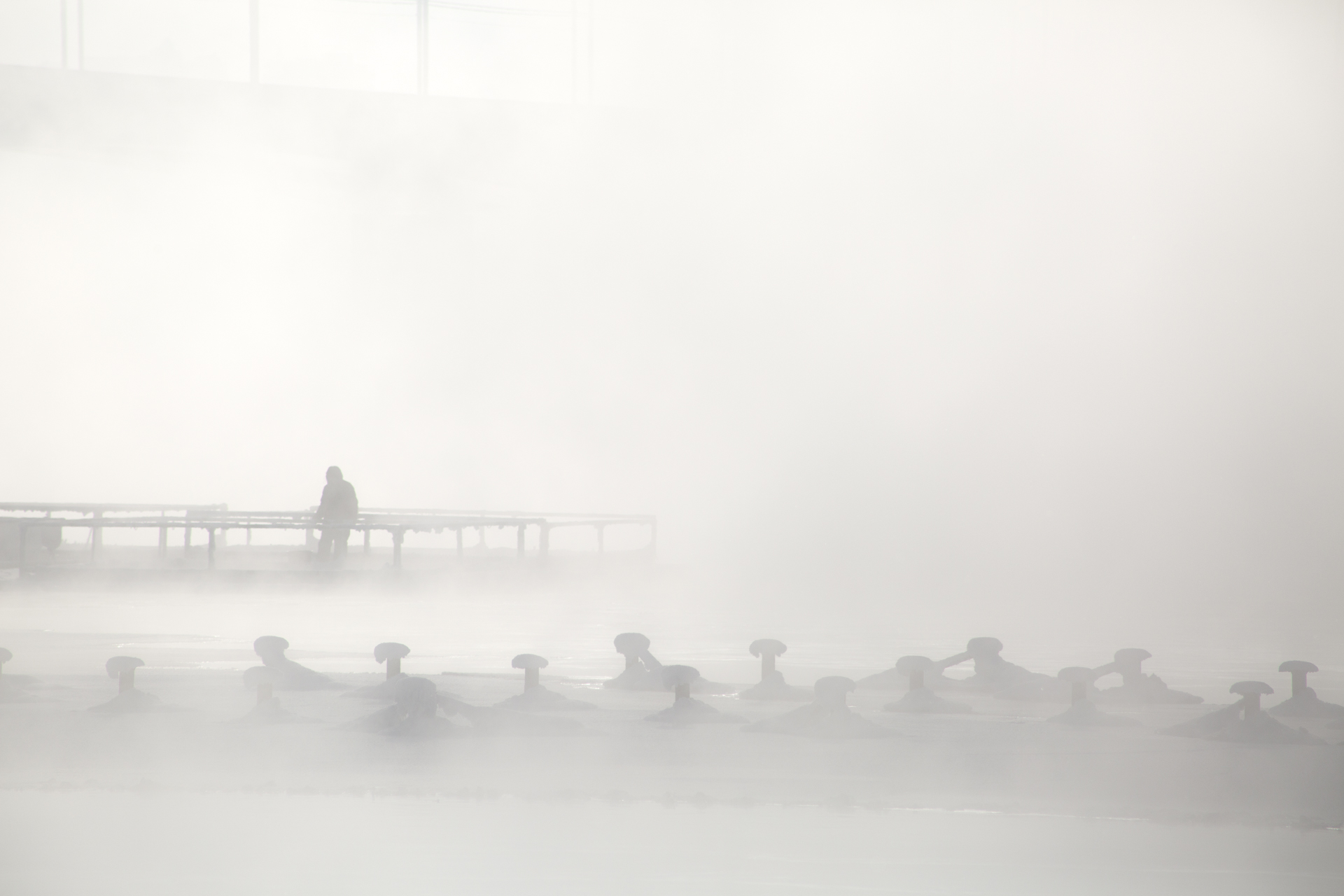

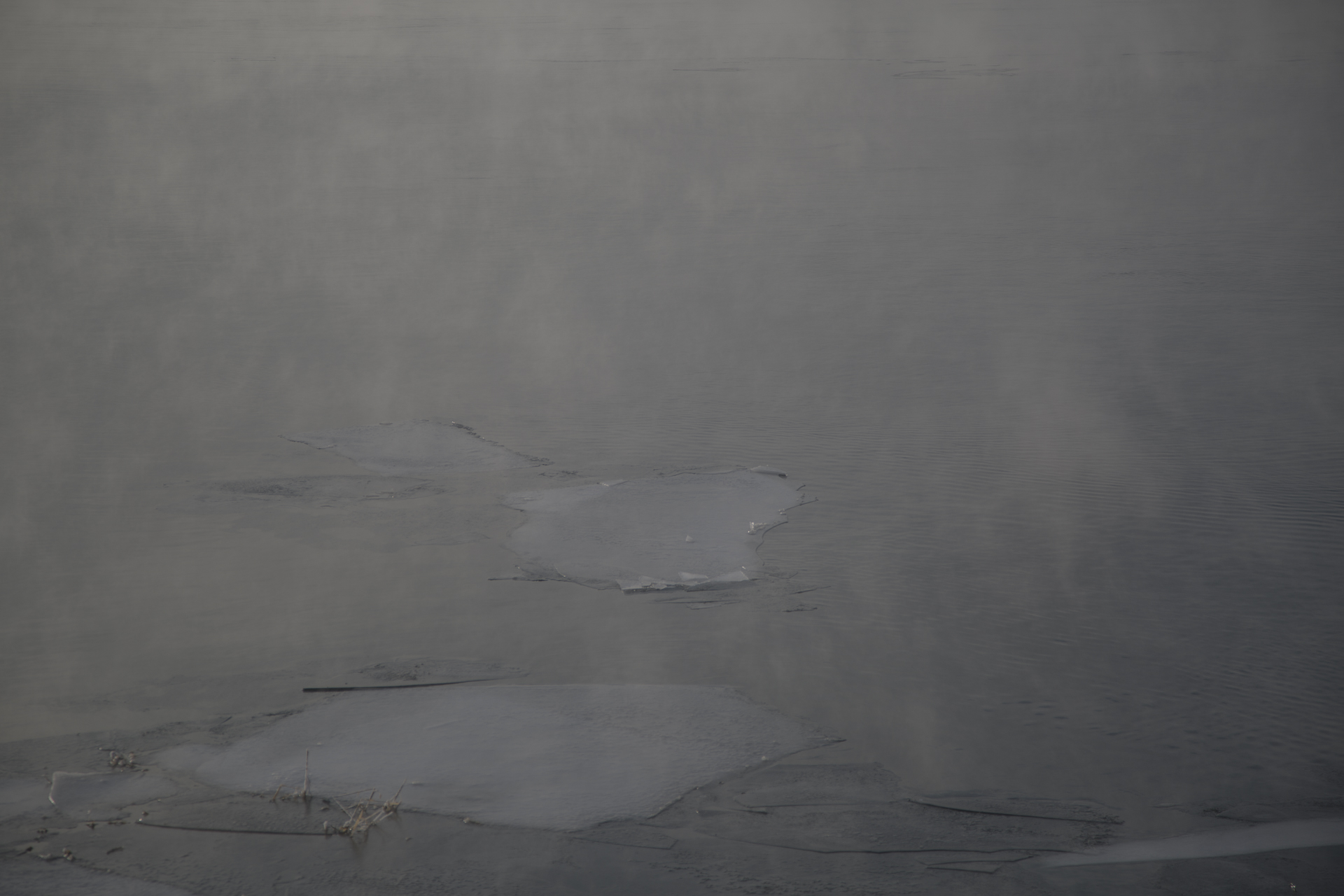
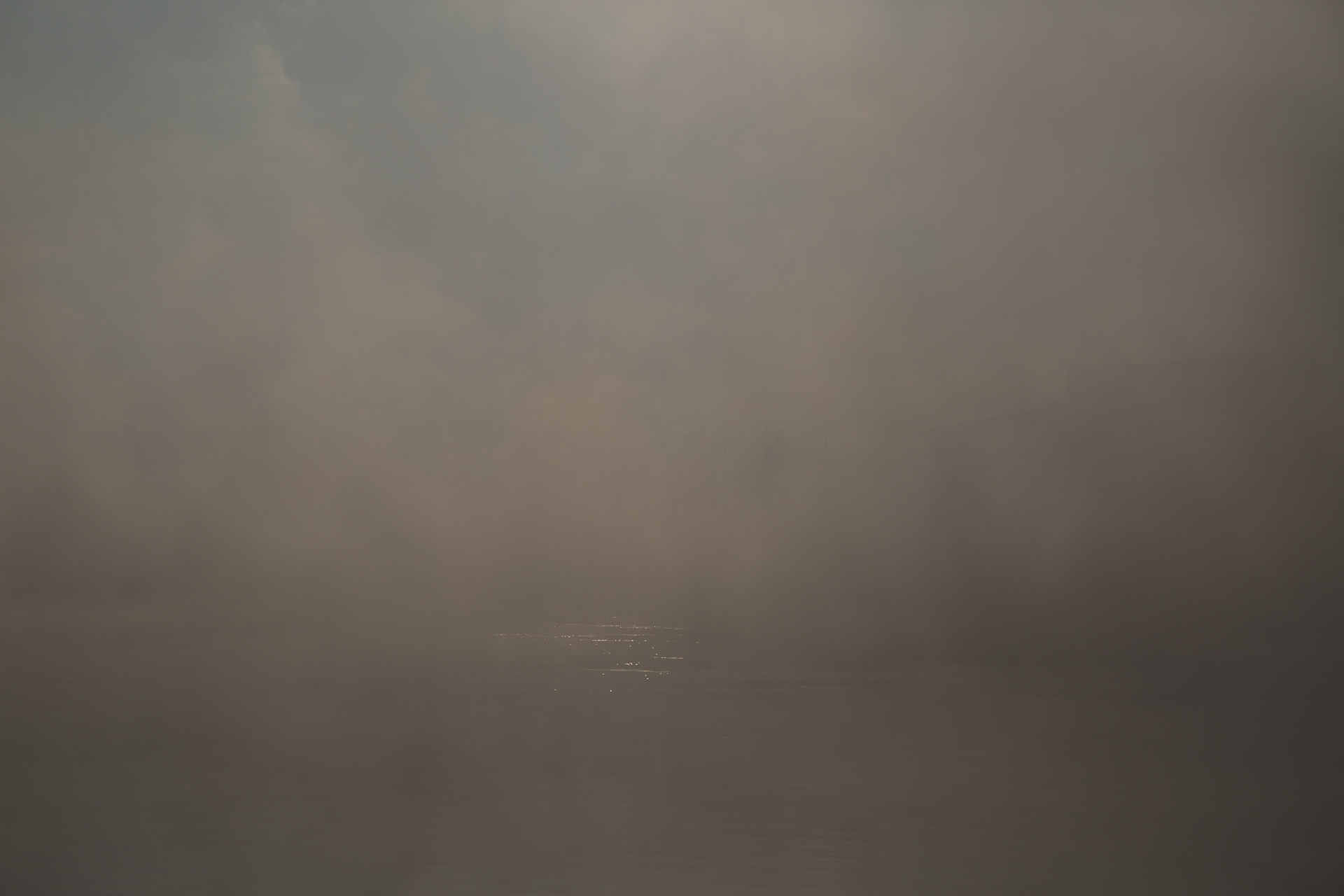
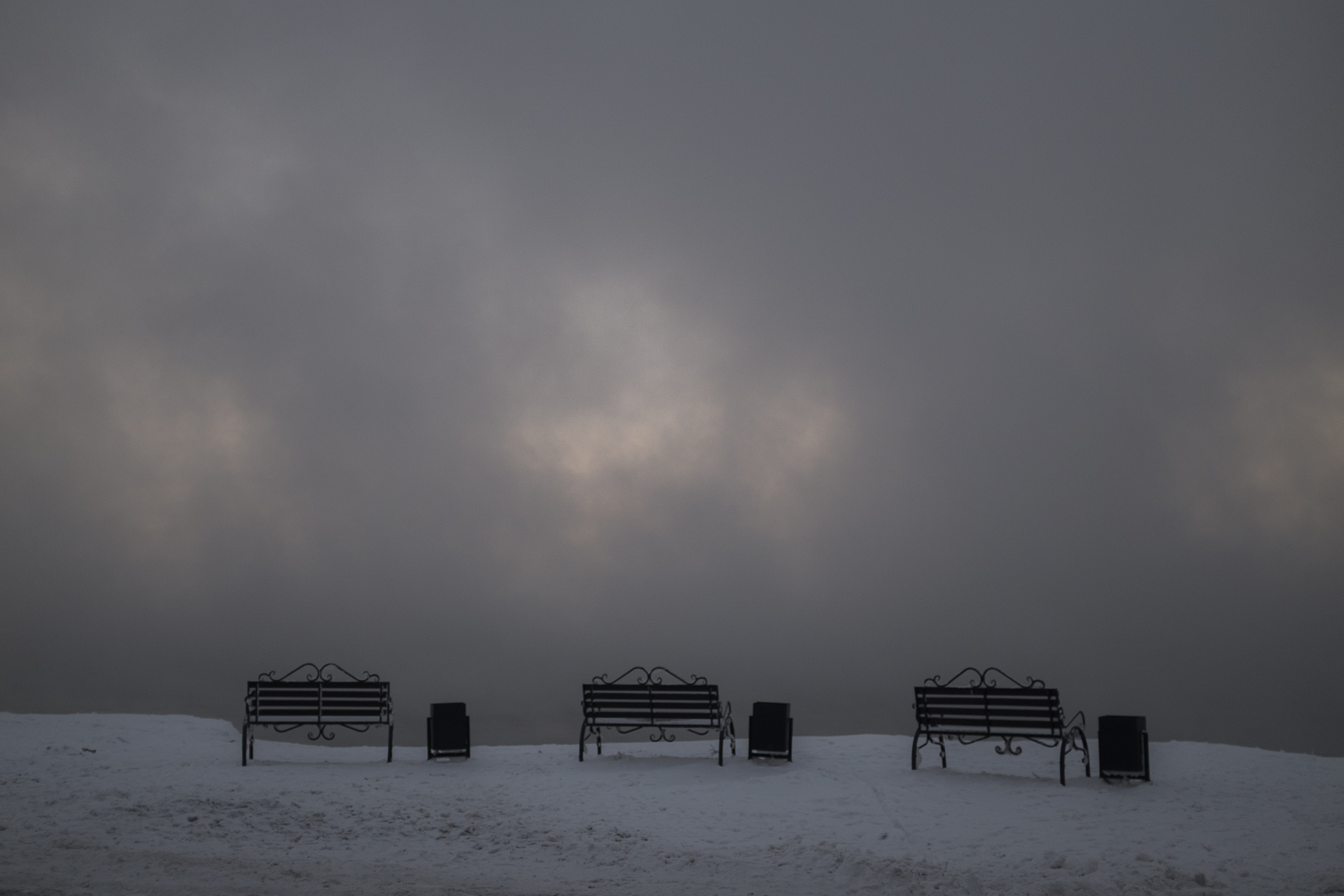

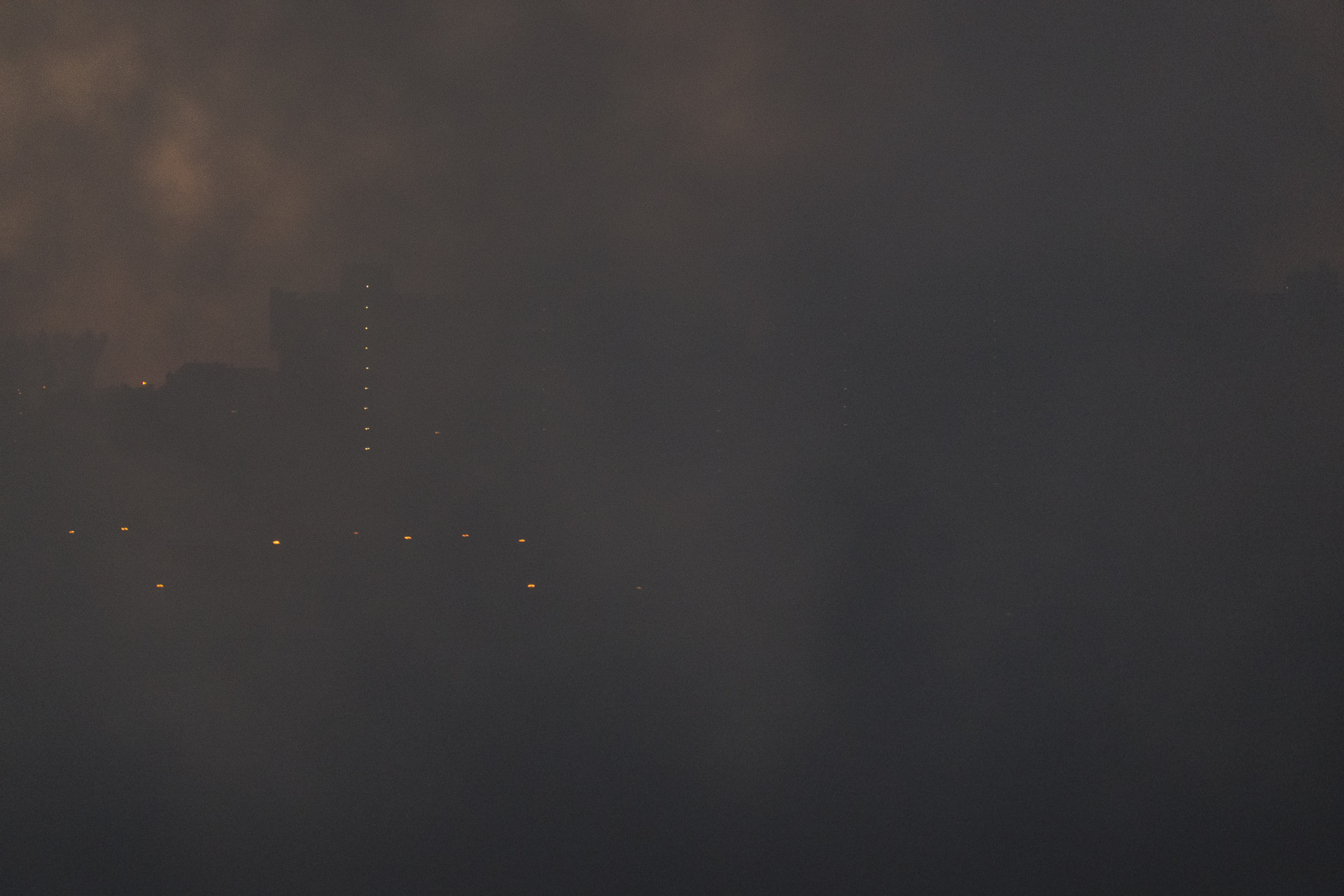
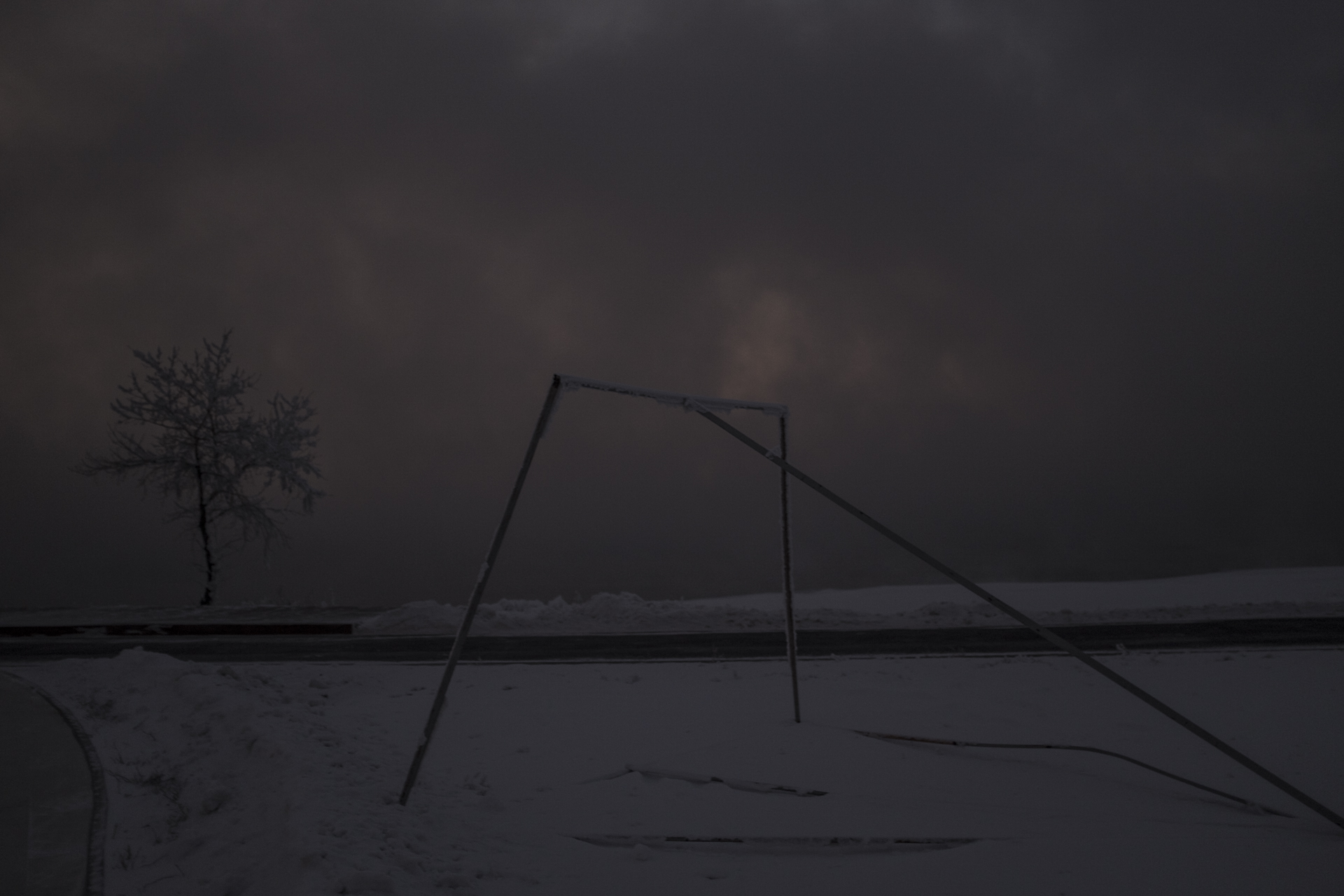
There are more than 330 rivers that flow into Lake Baikal, filling the cavernous Lake with one-fifth of the world’s fresh water. But there is only one mighty river that flows out: the Angara.
In Irkutsk, the largest city on the Angara, the River is half a block from our apartment, so we have almost daily encounters with its intensely different moods, striking range of colors, and its habit of hiding from local residents.
There is a longtime legend in Siberia that Angara was the exceptionally beautiful daughter of Old Man Baikal, and he was filled with love and admiration for her. But one day, while Baikal was sleeping, Angara slipped away to try and meet the young Yenisei. Grandfather Baikal was furious, and ripping a cliff from a nearby mountain, flung it at Angara, who was pinned at her throat. Angara begged her father to give her water, since she was parched, but her father refused, saying she was condemned to nothing but her own tears. And since that time, it is her tears that flow from Baikal to the Yenisei River, far to the north and west. Today, the cliff that Grandfather Baikal threw at Angara, called Shaman Rock, is visible at the Angara’s outlet from the Lake.
But the Angara itself is not always visible. Especially in winter, the warmer water flowing from Lake Baikal meets a shockingly cold Siberian air mass, and the result is tuman (туман), the Russian word for fog. In Irkutsk, it might start with a little steam rising off the river. A few hours later, the fishermen in the middle of the River are visible one minute and lost the next. Soon, the three main bridges fade away. The sun is faint, then fainter, then slips completely from view. And finally, there is nothing, only a wall of light gray that obscures everything but the wonderland of icy frosting deliciously decorating the trees along the banks. It is a fog to end all fogs, an ethereal display that lends the entire city an unearthly glamour.
It is also rich with human activity and sound. Near the statue of Tsar Alexander III at the foot of Karl Marx Street, Russian radio is broadcast from loudspeakers, often featuring English language pop songs or Christmas music. On Ostrov Konnyy (literally, Coney Island), near a towering ferris wheel, children gleefully exclaim as they sled from ice sculptures, ice skate, or play hockey. On the frozen shores, fisherman cut holes in the ice with enormous drill bits and wait for hours in the numbing cold to extract a meal. Listen carefully and you will hear lapping waves against the ice, the murmur of ducks foraging, and the sound of a muskrat surfacing and then diving. And most prominent of all, the reverberating announcements of departures from the main railway station, which echo across the invisible water, coupled with the rattling of invisible trains en route to remote destinations.
The alluring tuman is a signature feature of Irkutsk and the Angara, but unfortunately, beneath this exquisite veil some disturbing secrets are hiding. Each major city along the Angara, including Irkutsk, is a site where significant amounts of pollution enter the river, including industrial wastes that seriously threaten the river’s health. Also, the Angara has been dammed four times since the 1950s. The dams chop the river into pieces, blocking any navigation and impeding the transit of fish and other native species. And the creation of numerous reservoirs has radically altered the ecology of the waterway, harming endemic species and increasing the amounts of algae that deprive the River of oxygen.
One of the most important historical voices against dam-building and the diversion of rivers is the late Russian author Valentin Rasputin, who was born in Irkutsk Oblast. Rasputin’s views on this subject were heavily influenced by the fact that his own childhood village along the Angara was destroyed to create a massive hydroelectric plant. His 1979 novel Farewell to Matyora is focused on a fictional village that suffers a similar fate, and a later non-fiction work, Siberia, Siberia also dwells on this theme. Although some consider his work “anti-modern,” and his conservative politics were controversial, his influence on environmentalism in this region -- including the fight to save Lake Baikal -- looms large. (Those who are interested in a film treatment of his work can search for the 2008 Russian film, Live and Remember, in which the Angara plays a starring role.)
Dam-building continues to be an issue that is central to the future of the entire region. Among the threats to Lake Baikal’s health are proposals to build several dams on the Selenga River and its tributaries that flow from Mongolia to Lake Baikal. The plans threaten to disrupt the ecology of the Selenga River delta, the largest source of Baikal’s water and a major habitat for Baikal’s endemic species. They will also affect the water level, water quality, and ecosystem throughout the Lake. In 2017, activists achieved a small victory when the World Bank froze its support for the planned projects, but efforts by Mongolia to become energy independent, together with lavish Chinese financing, mean the fight is by no means over.
Here in Irkutsk, we play hide and seek with the Angara and its veil of tuman almost every day. We hide ourselves in its blanket of white, embracing the ghostly nothingness for as long as our arctic mittens and winter boots will permit. We take endless photos of its spare visual delights. But we also seek the truth about the environmental health of the Angara and of Lake Baikal. Irkutsk’s homegrown environmental leader, Valentin Rasputin, was one of the first to understand that there is “damming” evidence of harm. All those concerned about the future of our waterways must join together to respond.
